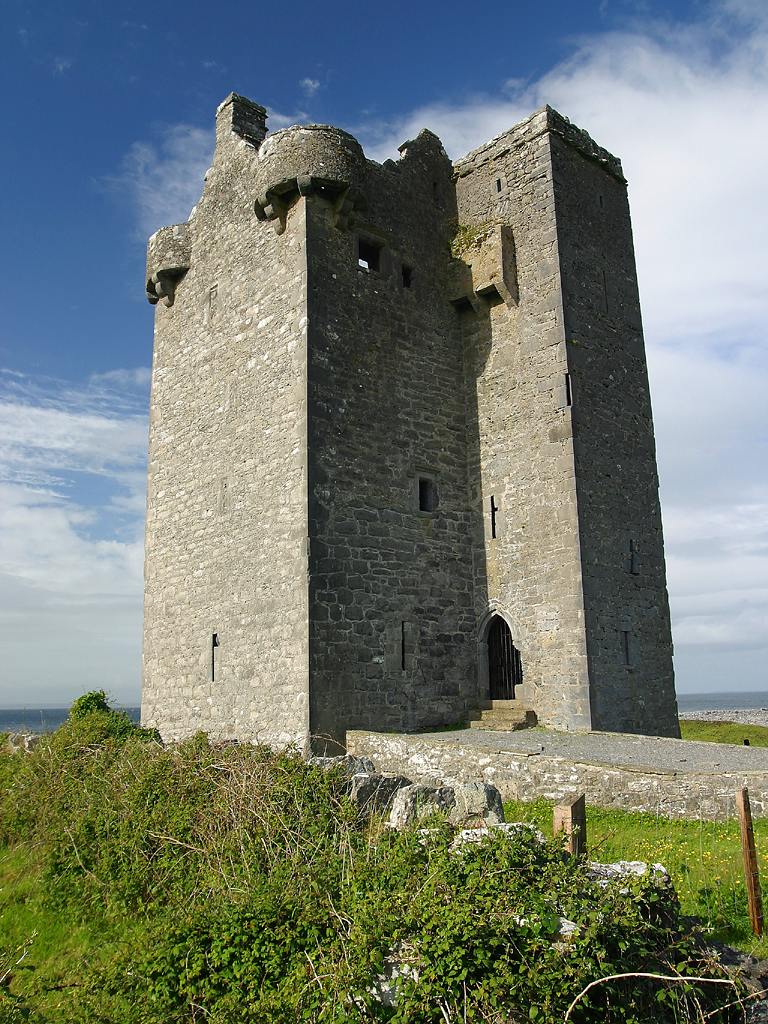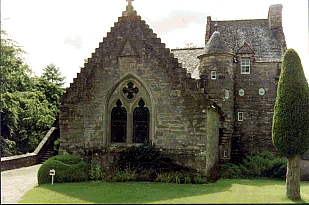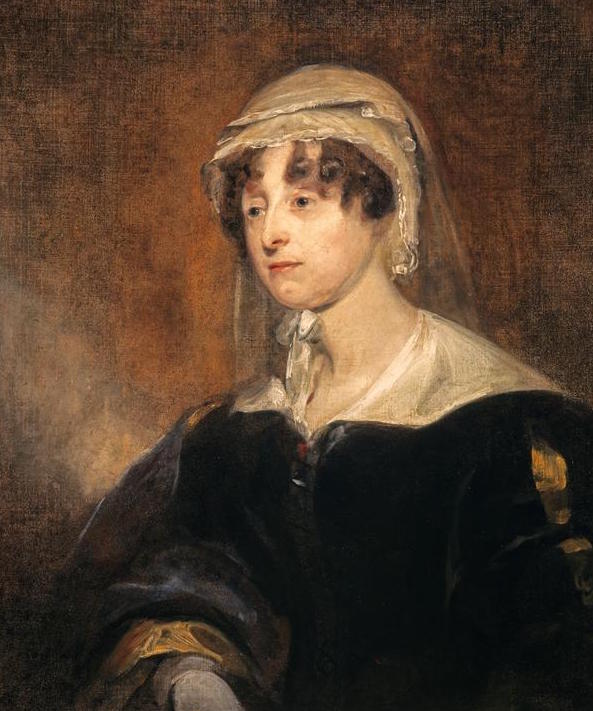|
Ardblair Castle
Ardblair Castle is an L-plan castle (with an added wing), dating from the 16th century, around west of Blairgowrie in Perth and Kinross, Scotland.Coventry Martin (1997) ''The Castles of Scotland''. Goblinshead. p54 This castle is the subject of a green lady ghostlore story. History In 1399 the property was acquired by the Blairs of Balthavock; this was by a grant by David II.Maurice Lindsay (1986) ''The Castles of Scotland''. Constable. p54 Patrick Blair of Ardblair was beheaded for the murder of George Drummond of Ledcrieff and his son, cousins of the Earl of Atholl, after a trial in 1554. Through marriage the property passed to the Oliphants of Gask in 1792, and the house remains the property of the Blair Oliphant family. Many Jacobite relics were brought to the property from Gask during the 20th century. Lady Nairne, the songwriter A songwriter is a musician who professionally composes musical compositions or writes lyrics for songs, or both. The writer of t ... [...More Info...] [...Related Items...] OR: [Wikipedia] [Google] [Baidu] |
L-plan Castle
An L-plan castle is a castle or tower house in the shape of an L, typically built from the 13th to the 17th century. This design is found quite frequently in Scotland, but is also seen in England, Ireland, Romania, Sardinia, and other locations. The evolution of its design was an expansion of the blockhouse or simple square tower from the Early Middle Ages. As building techniques improved, it became possible to construct a larger building footprint and a more complex shape than the simple blockhouse tower. A more compelling motivation for the L plan was the ability to defend the entrance door by providing covering fire from the adjacent walls. This stratagem was particularly driven by the advent of cannon used by attackers. It was common for the union of the two wings to have very thick wall construction to support a major defensive tower in the union area. For example, the stone walls of Muchalls Castle in Scotland are over 14 feet thick at the ground level. Built in the 13t ... [...More Info...] [...Related Items...] OR: [Wikipedia] [Google] [Baidu] |
Jacobitism
Jacobitism (; gd, Seumasachas, ; ga, Seacaibíteachas, ) was a political movement that supported the restoration of the senior line of the House of Stuart to the Monarchy of the United Kingdom, British throne. The name derives from the first name of James II and VII, which in Latin translates as ''Jacobus (name), Jacobus''. When James went into exile after the November 1688 Glorious Revolution, the Parliament of England argued that he had abandoned the Kingdom of England, English throne, which they offered to his Protestant daughter Mary II, and her husband William III of England, William III. In April, the Convention of Estates (1689), Scottish Convention held that he "forfeited" the throne of Scotland by his actions, listed in the Articles of Grievances. The Revolution thus created the principle of a contract between monarch and people, which if violated meant the monarch could be removed. Jacobites argued monarchs were appointed by God, or Divine right of kings, divine right, a ... [...More Info...] [...Related Items...] OR: [Wikipedia] [Google] [Baidu] |
Category A Listed Buildings In Perth And Kinross
Category, plural categories, may refer to: Philosophy and general uses *Categorization, categories in cognitive science, information science and generally *Category of being * ''Categories'' (Aristotle) *Category (Kant) *Categories (Peirce) *Category (Vaisheshika) *Stoic categories *Category mistake Mathematics * Category (mathematics), a structure consisting of objects and arrows * Category (topology), in the context of Baire spaces * Lusternik–Schnirelmann category, sometimes called ''LS-category'' or simply ''category'' * Categorical data, in statistics Linguistics * Lexical category, a part of speech such as ''noun'', ''preposition'', etc. *Syntactic category, a similar concept which can also include phrasal categories *Grammatical category, a grammatical feature such as ''tense'', ''gender'', etc. Other * Category (chess tournament) * Objective-C categories, a computer programming concept * Pregnancy category * Prisoner security categories in the United Kingdom * W ... [...More Info...] [...Related Items...] OR: [Wikipedia] [Google] [Baidu] |
Castles In Perth And Kinross
A castle is a type of fortified structure built during the Middle Ages predominantly by the nobility or royalty and by military orders. Scholars debate the scope of the word ''castle'', but usually consider it to be the private fortified residence of a lord or noble. This is distinct from a palace, which is not fortified; from a fortress, which was not always a residence for royalty or nobility; from a ''pleasance'' which was a walled-in residence for nobility, but not adequately fortified; and from a fortified settlement, which was a public defence – though there are many similarities among these types of construction. Use of the term has varied over time and has also been applied to structures such as hill forts and 19th-20th century homes built to resemble castles. Over the approximately 900 years when genuine castles were built, they took on a great many forms with many different features, although some, such as curtain walls, arrowslits, and portcullises, were ... [...More Info...] [...Related Items...] OR: [Wikipedia] [Google] [Baidu] |
Clan Drummond
Clan Drummond is a Highland Scottish clan.Way, George and Squire, Romily. (1994). ''Collins Scottish Clan & Family Encyclopedia''. (Foreword by The Rt Hon. The Earl of Elgin KT, Convenor, The Standing Council of Scottish Chiefs). pp. 120 - 121. The surname is rendered "Druimeanach" in modern Scottish Gaelic.Urquhart, Libby. (1997). ''The Drummonds''. Published by Lang Syne Publishers Ltd. . History Origins of the clan Traditional origins West of Stirling is the parish of Drymen and its name appears to have been derived from the Scottish Gaelic, ''dromainn'' which means a ''ridge'' or ''high ground''. There is a traditional legend that states that the first nobleman to settle in Drymen was a Hungarian prince called George who accompanied Edgar Ætheling, an Anglo-Saxon prince, on his escape from William the Conqueror and the Norman conquest of England. These royal fugitives were warmly welcomed by Malcolm III of Scotland, who married one of the royal sisters, Margaret, later Sa ... [...More Info...] [...Related Items...] OR: [Wikipedia] [Google] [Baidu] |
Songwriter
A songwriter is a musician who professionally composes musical compositions or writes lyrics for songs, or both. The writer of the music for a song can be called a composer, although this term tends to be used mainly in the classical music genre and film scoring. A songwriter who mainly writes the lyrics for a song is referred to as a lyricist. The pressure from the music industry to produce popular hits means that song writing is often an activity for which the tasks are distributed between a number of people. For example, a songwriter who excels at writing lyrics might be paired with a songwriter with the task of creating original melodies. Pop songs may be composed by group members from the band or by staff writers – songwriters directly employed by music publishers. Some songwriters serve as their own music publishers, while others have external publishers. The old-style apprenticeship approach to learning how to write songs is being supplemented by university degrees, c ... [...More Info...] [...Related Items...] OR: [Wikipedia] [Google] [Baidu] |
Carolina Nairne
Carolina Oliphant, Lady Nairne (16 August 1766 – 26 October 1845) – also known as Carolina Baroness Nairn in the peerage of Scotland and Baroness Keith in that of the United Kingdom – was a Scottish songwriter. Many of her songs, such as, " Will ye no' come back again?", " Charlie is my Darling" , "The Rowan Tree" and " Wi' a Hundred Pipers' remain popular today, almost two hundred years after they were written. One of her songs, "Caller Herrin'", was sung at the 2021 commemoration of the 1881 Eyemouth disaster. She usually set her words to traditional Scottish folk melodies, but sometimes contributed her own music. Carolina Nairne and her contemporary Robert Burns were influenced by the Jacobite heritage in their establishment of a distinct Scottish identity, through what they both called national song. Perhaps in the belief that her work would not be taken seriously if it were known that she was a woman, Nairne went to considerable lengths to conceal her i ... [...More Info...] [...Related Items...] OR: [Wikipedia] [Google] [Baidu] |
Clan Oliphant
Clan Oliphant is a Highland Scottish clan. History Origins of the clan Although this remains the subject of ongoing research the earliest member of this Clan known to date is Roger Olifard, who witnessed a foundation charter to the Clunic priory of St. Andrew's, Northampton, by Earl Simon. The Charter was dated between 1093 and 1100 and Roger himself made a grant of 3 shillings yearly to this priory. One theory claim that Oliphants were of French origin who by the twelfth century held lands around Northamptonshire in England. In Domesday, Northamptonshire, there is a mention of "In Lilleford, Willelmus Olyfart", which land was held of the Countess Judith. Also in the ''Pipe Roll'', 31 Hen. I is mention of a William Olifard of Northamptonshire as well as a Hugh Olifard of Huntingdonshire. William held five hides in Lilford (Lilleford) of the fee of the King of Scotland while Hugh Olifard of Stokes was a knight in the service of the Abbot of Petersborough before 1120; both appe ... [...More Info...] [...Related Items...] OR: [Wikipedia] [Google] [Baidu] |
Blairgowrie And Rattray , South Africa
{{Geodis ...
Blairgowrie may refer to: * Blairgowrie, Perth and Kinross, a town in Scotland now part of the burgh of Blairgowrie and Rattray * Blairgowrie, Victoria, Australia * Blairgowrie, Gauteng Blairgowrie is a suburb of Johannesburg, South Africa. It is located in Region B of the City of Johannesburg Metropolitan Municipality. It is named after the town of Blairgowrie in Scotland. The suburb has an active community association called ... [...More Info...] [...Related Items...] OR: [Wikipedia] [Google] [Baidu] |
John Stewart, 4th Earl Of Atholl
John Stewart, 4th Earl of Atholl (died 25 April 1579), called the Fair, was a Scottish nobleman and courtier. He was favoured by Mary, Queen of Scots, but later turned against her. Biography Stewart was the son of John Stewart, 3rd Earl of Atholl and Grizel Rattray. He supported the government of the queen dowager Mary of Guise. He wrote to her on 10 June 1554 describing a skirmish in which his cousin George Drummond of Ledcrieff was killed by the lairds of Ardblair, Drumlochie, and Gormok, his followers. Lord Ruthven, sheriff of Perth, and Lord Drummond had searched for these lairds in vain but arrested six innocent poor men, who also depended on him. He hoped she could arrange a fair trial for them in Edinburgh or Perth, especially because Lord Ruthven favoured the Drummonds. He was coming to see her, but had fallen ill and wrote from Tullibardine. Subsequently, Patrick Blair of Ardblair was found, tried, and beheaded for the murder. In 1560 he was one of the three nobles w ... [...More Info...] [...Related Items...] OR: [Wikipedia] [Google] [Baidu] |
David II Of Scotland
David II (5 March 1324 – 22 February 1371) was King of Scots from 1329 until his death in 1371. Upon the death of his father, Robert the Bruce, David succeeded to the throne at the age of five, and was crowned at Scone in November 1331, becoming the first Scottish monarch to be anointed at their coronation. During his childhood Scotland was governed by a series of guardians, and Edward III of England sought to take advantage of David's minority by supporting an invasion of Scotland by Edward Balliol, beginning the Second War of Scottish Independence. Following the English victory at the Battle of Halidon Hill in 1333, David, his queen and the rump of his government were evacuated to France, where he remained in exile until it was safe for him to return to Scotland in 1341. In 1346, David invaded England in support of France during the Hundred Years' War. His army was defeated at the Battle of Neville's Cross and he was captured and held as a prisoner in England for eleven year ... [...More Info...] [...Related Items...] OR: [Wikipedia] [Google] [Baidu] |






.png)
